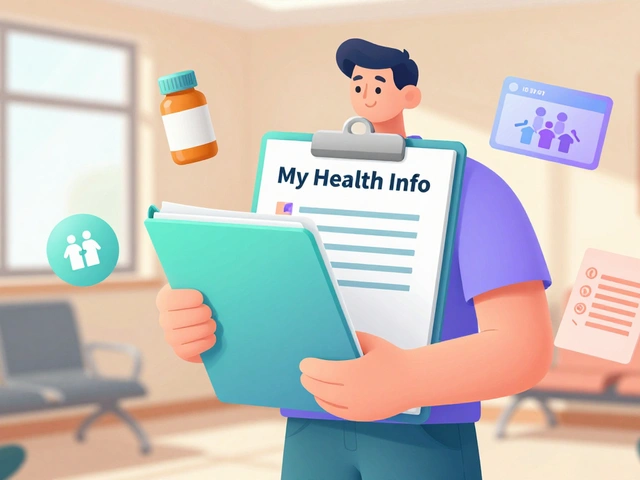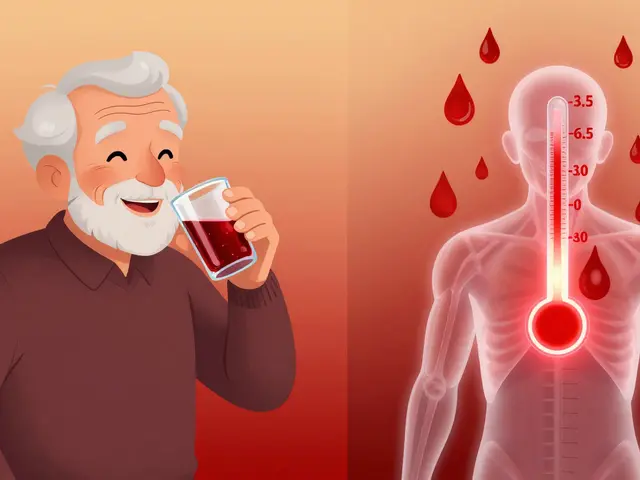Arrhythmia: what an irregular heartbeat feels like and what to do
Have you felt your heart skip, race, or flutter and wondered if it’s serious? That odd sensation is often an arrhythmia—any change from the heart’s normal rhythm. Some are harmless. Others need quick care. This page helps you spot common signs, know which tests doctors use, and take practical steps if it happens to you.
Common types and symptoms
Atrial fibrillation (AFib) is the most talked-about arrhythmia. It feels like a fast, irregular pulse and raises stroke risk. Premature ventricular contractions (PVCs) are brief extra beats; they can be annoying but often harmless. Supraventricular tachycardia (SVT) causes sudden fast heartbeats that start and stop quickly. Ventricular tachycardia (VT) is dangerous and can cause fainting or collapse.
Look for palpitations, dizziness, shortness of breath, chest tightness, lightheadedness, or fainting. If you have chest pain, fainting, or severe shortness of breath, call emergency services right away.
How doctors find out what’s going on
First-line tests are simple and widely available. An electrocardiogram (ECG) records electrical signals and often catches persistent arrhythmias. If symptoms come and go, your doctor may use a Holter monitor (24–48 hours) or an event monitor you wear for weeks. An echocardiogram checks heart structure. Blood tests look for thyroid problems or electrolyte issues that can trigger arrhythmias.
Sometimes doctors ask for a stress test to see how your heart behaves during exercise, or an implantable loop recorder for rare symptoms. These tests help match the problem to the right treatment.
What treatments work? It depends on the type and risk. Lifestyle changes—cutting back caffeine and alcohol, managing stress, staying hydrated and correcting low potassium or magnesium—often reduce palpitations. Medications can slow fast rhythms or prevent episodes: beta-blockers, calcium-channel blockers, and antiarrhythmic drugs. If you have AFib, blood thinners like warfarin (Coumadin) or direct oral anticoagulants may be recommended to lower stroke risk—talk to your doctor about pros and cons.
Procedures include electrical cardioversion (a controlled shock to reset rhythm), catheter ablation (targeting the tissue causing bad signals), and pacemakers or ICDs if the rhythm is too slow or dangerous. Your cardiologist will explain which option fits your situation.
Practical tips you can use now: check your pulse for 30 seconds when you feel odd—compare it to normal. Keep a short symptom log: time, activity, what you felt, and how long it lasted. Bring that to your appointment. List all meds and supplements—some interact with heart drugs or blood thinners. If you faint, get immediate care.
Arrhythmias range from harmless to life-threatening. If you have repeated symptoms or risk factors like high blood pressure, prior heart disease, or episodes of fainting, see a doctor. Quick, focused care can prevent complications and get you back to feeling normal fast.
Learn all about Calan (Verapamil)—its uses, side effects, safe usage tips, and real-world info for Australians. Stay informed for smarter health choices.



